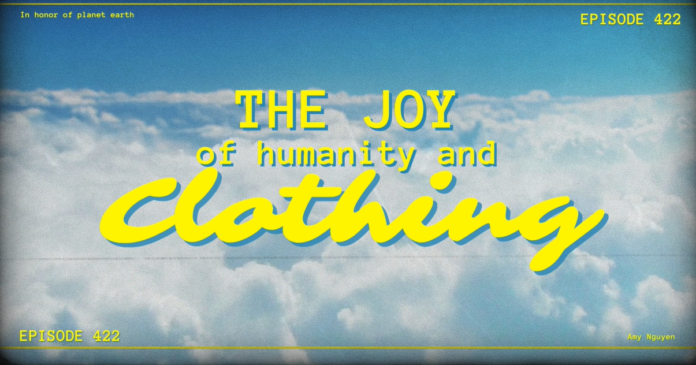Depression is a common but serious mood disorder that causes persistent feelings of sadness. Many people, ranging from young to old, suffer from depression. It is especially prevalent in young adults and college students. Those suffering from depression often have trouble doing every day activities and sometimes may feel that life is hopeless.
However, since depression has been around for so long and is so common, the good news is there are numerous treatments for it that have been proven successful. Two of the most common treatments are antidepressant medication (SSRIs) and cognitive-behavioral therapy. Here, we take a closer look at how these two treatments work in battling depression at the level of the brain.
Levels of serotonergic neurotransmission play an important role in determining mood. Depression is said to caused by low levels of serotonergic neurotransmission. SSRIs counter these low levels by interfering with the serotonin transporter 5-HTT—it causes slower reuptake of serotonin. This causes the low levels of serotonin in the brain to be elevated, thus relieving depression. Like antidepressant medication, cognitive-behavioral therapy also produces changes in the brain when treating depression. In those suffering from depression, their hippocampus decreases in size by the constant release of glucocorticoids due to stress. This, in turn, creates more stress and depression. It has been found that after completing CBT, those with depression show significant improvement in their depression, which is associated with significant increases in the hippocampus. Both antidepressant medication and CBT are successful in treating depression, however how they affect the brain in different ways to achieve this.
Those who struggle with depression also face risk of relapse after discontinuing treatment. In terms of preventing relapse, it has been shown that CBT has significantly less risk of relapse than medication. In one study, it was found that the percent of relapse after treatment was 30% for CBT versus 76% for antidepressant medication. A reason for this disparity may be that CBT teaches patients how to change the way they think and in turn, how they feel and act, so that even after they discontinue therapy, they can continue to apply the skills they have learned in therapy. Medication only changes the serotonin levels in the brain with no conscious effort on the person’s part, so it is harder to prevent depression after discontinuing the medication.
In conclusion, both antidepressant medication and cognitive-behavioral therapy relieve depression by altering the brain. Medication works by inhibiting serotonin reuptake, which elevates the low levels of serotonin in people with depression. CBT helps patients change the way they perceive thoughts, which has been associated with increased hippocampus size, which helps prevent stress and depression. However, when discontinuing treatment, those who completed CBT are at a much lower risk of relapse than those who took medication, as CBT teaches people skills they can apply even after treatment ends. It is often recommended to those suffering from depression a combination of medication and therapy, so that they have the most promising outlook on overcoming their depression.


